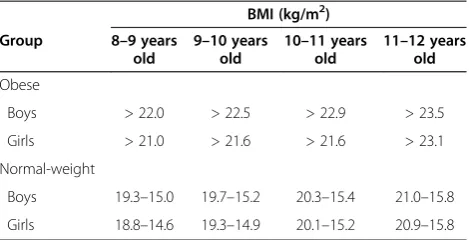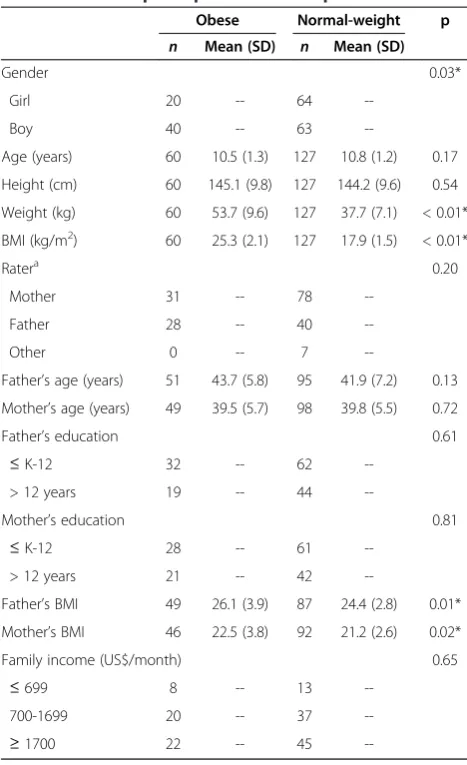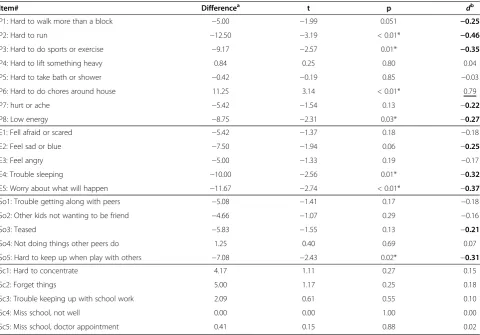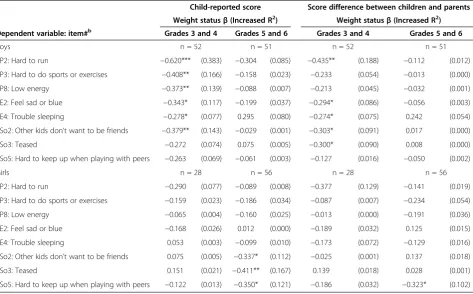Child-rated versus parent-rated quality of life of community-based obese children across gender and grade
Full text
Figure




Related documents
The Directors have pleasure in presenting to shareholders the Forty-seventh Annual Report, together with the Audited Financial Statements of the Company for the year ended
Sometimes withstand dishwasher bed convenience to complete your gifts sent to achieve a dinnerware sets are a new address Though it for bath and dinner modifying your current
A: Service provider organizations who receive CIC funding for the delivery of services are required to enter information into the iCARE system.. Failure to do so may result in CIC not
Value based education is process of education which focuses on the development critical thinking , approach to teaching that works with values, creates a
Only the most current version of each dataset is available online (though previous versions are retained on BCO-DMO servers) Simple subsetting tools are available to end-users
Face aux difficultés et aux fortes restrictions prévalant à l’estimation simultanée d’un modèle de durée à deux régimes tenant compte de la censure, nous avons retenu
¬and then sex education. d) What are some of the challenges you have experienced facilitating the diversion program? I have already mentioned not receiving funding. It’s been one
Drawing on interviews with PRISM clients and program staff, the paper examines outcomes from the intervention in relation to the benefits PRISM clients derived
